All products featured are independently chosen by us. However, SoundGuys may receive a commission on orders placed through its retail links. See our ethics statement.
Blue Yeti Nano review
Published onOctober 7, 2022
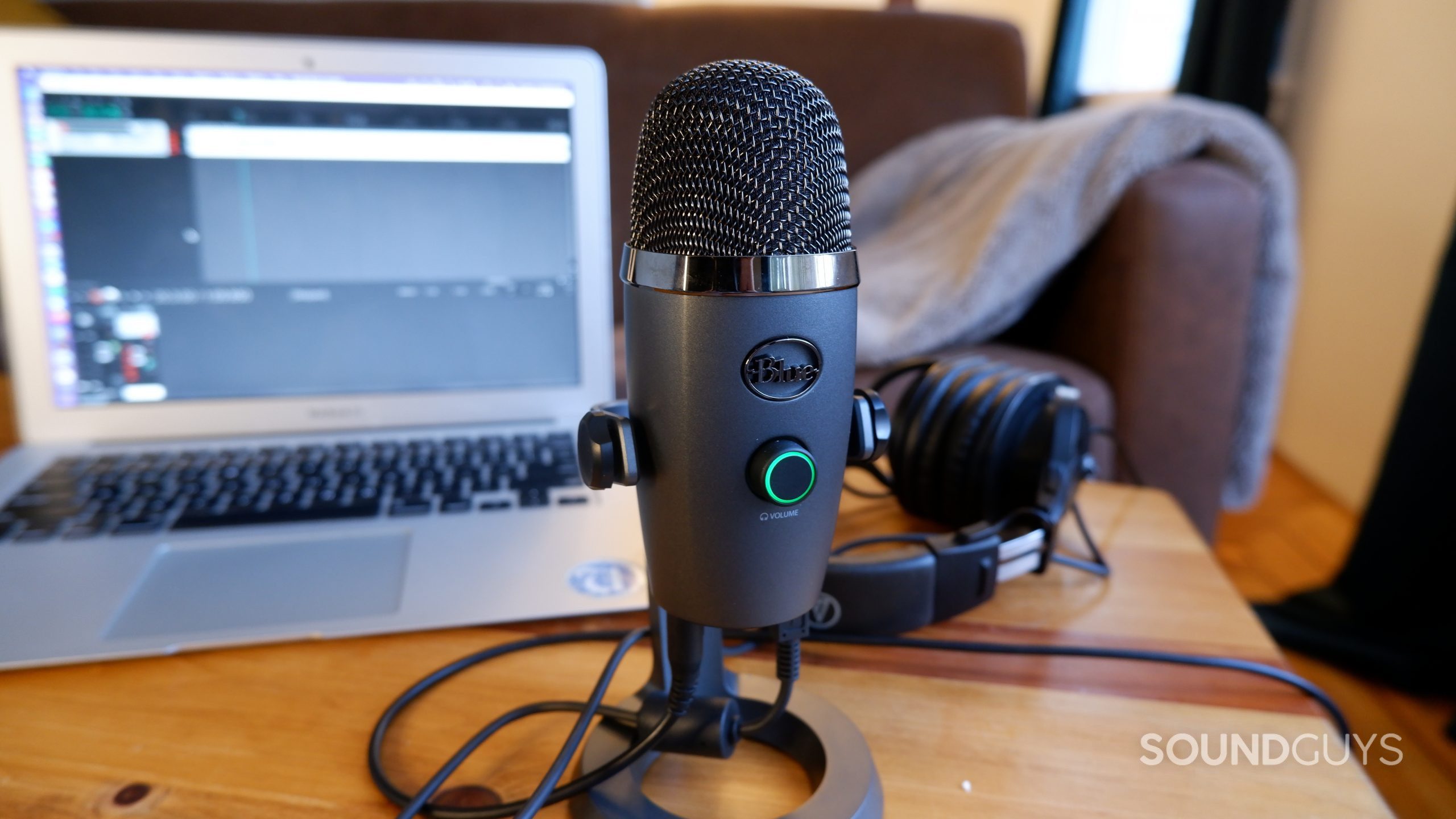
The Blue Yeti Nano boasts premium audio quality for streaming, podcasting, and music. With 24-bit/48kHz recording capabilities, two pickup patterns, and a fairly portable build, this condenser microphone can do a lot for a reasonable price. If you need a budget recording setup or just want good sound quality on your video calls and streams, keep reading.
Editor’s note: this Blue Yeti Nano review was updated on October 7, 2022 to include the JOBY Wavo POD as an alternative, and add an additional FAQ.
Streamers who want an affordable and reliable microphone will find the Blue Yeti Nano perfectly sufficient for one-person setups, and amateur and novice podcasters who want to record alone or with one other person will find the quality great for the price. At-home workers looking to make their mic quality better on video calls will find this easy to use, and the mute button is handy too. Musicians looking to record their music independently can use this condenser mic to record pretty good quality tracks without spending too much on a professional setup.
What is the Blue Yeti Nano like?
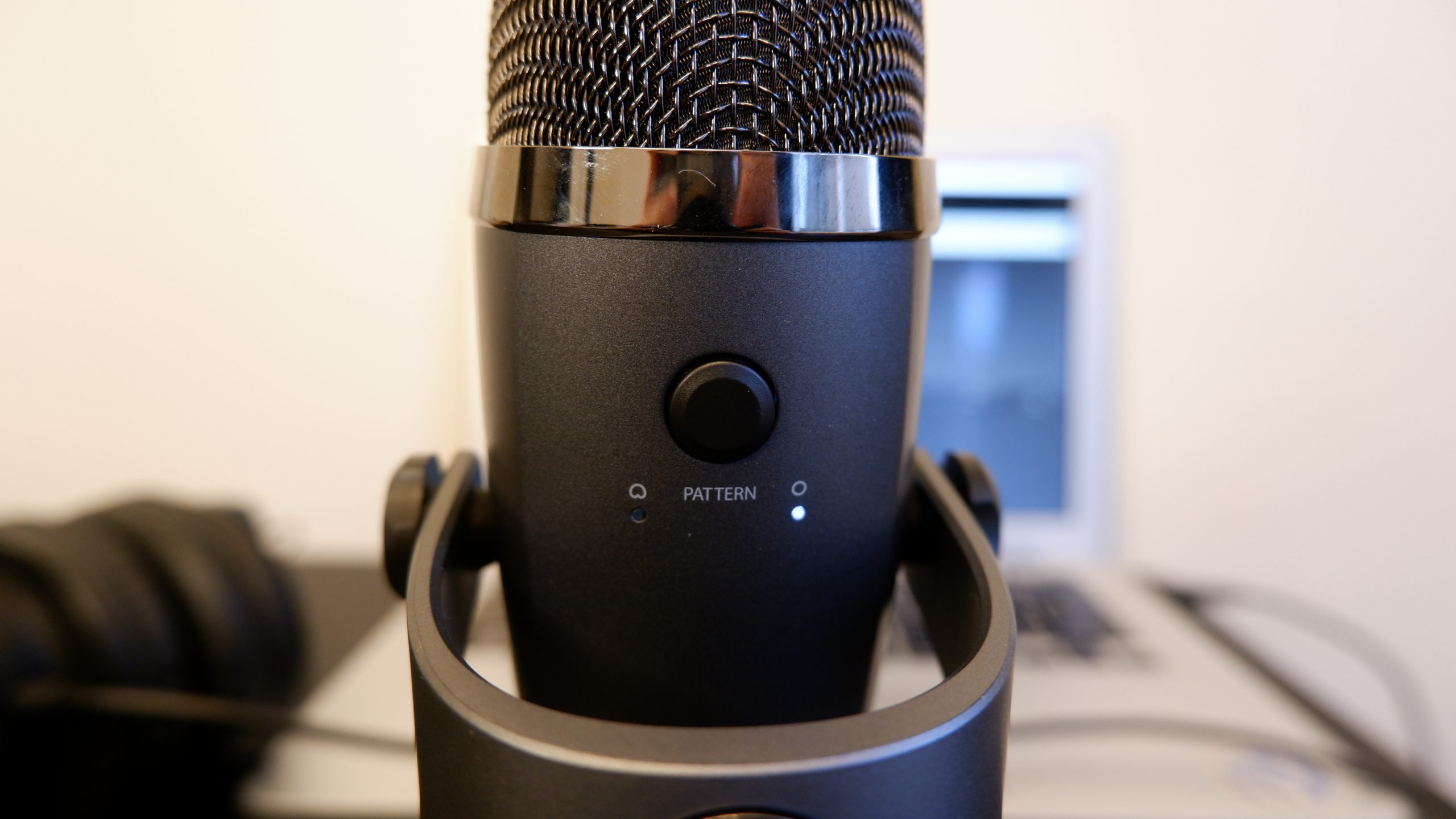
The Blue Yeti Nano is a USB desktop microphone with two polar patterns, cardioid and omnidirectional. With the Yeti Nano, you’re going to want to talk at it, rather than directly into the top, since it picks up sound from the sides of the microphone. You can choose between the pickup patterns directly on the housing, or through the Blue Sherpa software.
The mic has a headphone monitoring volume dial, but there is no indicator that conveys your volume level. You can adjust gain and headphone volume in the Blue Sherpa app, and mute the mic by pressing the headphone dial on the microphone, which turns red when muted. You get two ports: a 3.5mm headphone jack for live monitoring as well as a microUSB port for connecting to your computer.
The Blue Yeti Nano is not very sturdy. You can easily knock it off your desk if you like talking with your hands, or your cat decides it’s time to swat at something. The microphone has a mount socket, which is worth using to avoid any accidents.
How do you set up the Blue Yeti Nano?
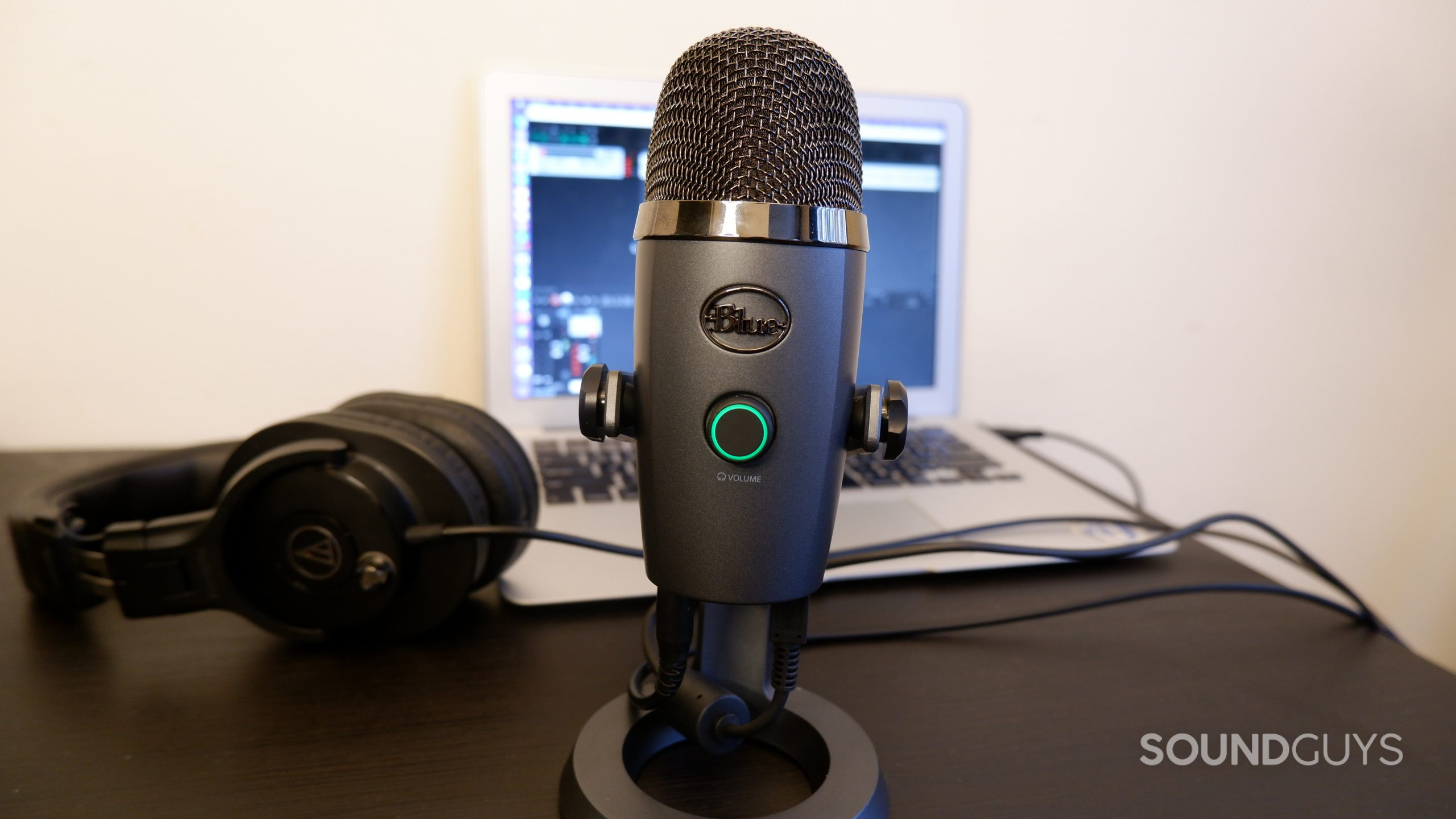
Setting up the Blue Yeti Nano is really easy—just plug it into your computer using the USB connector. If you want to adjust the settings on your computer, you can install the Blue Sherpa software (Mac and Windows). Blue Sherpa makes it easy to control the gain, headphone monitoring volume, and pickup pattern. Sherpa can also let you adjust EQ and apply different preset effects to get the sound you want from the microphone, be it a “flat” sound, “warm and vintage” sound, or anything in between.
Are there any requirements for using the Blue Yeti Nano?
To record anything, you’ll need to use a digital audio workstation (DAW), like Audacity, Reaper, or Garageband. Garageband comes free with macOS and is very user-friendly. Audacity and Reaper are solid cheap options for beginners that work on any operating system. Like Garageband, Audacity and Reaper are free, though Reaper will ask you to buy it every time you open it. While the pop-up is annoying, Reaper is worth buying ($60 USD) if you intend to use the mic regularly.
How does the Blue Yeti Nano sound?
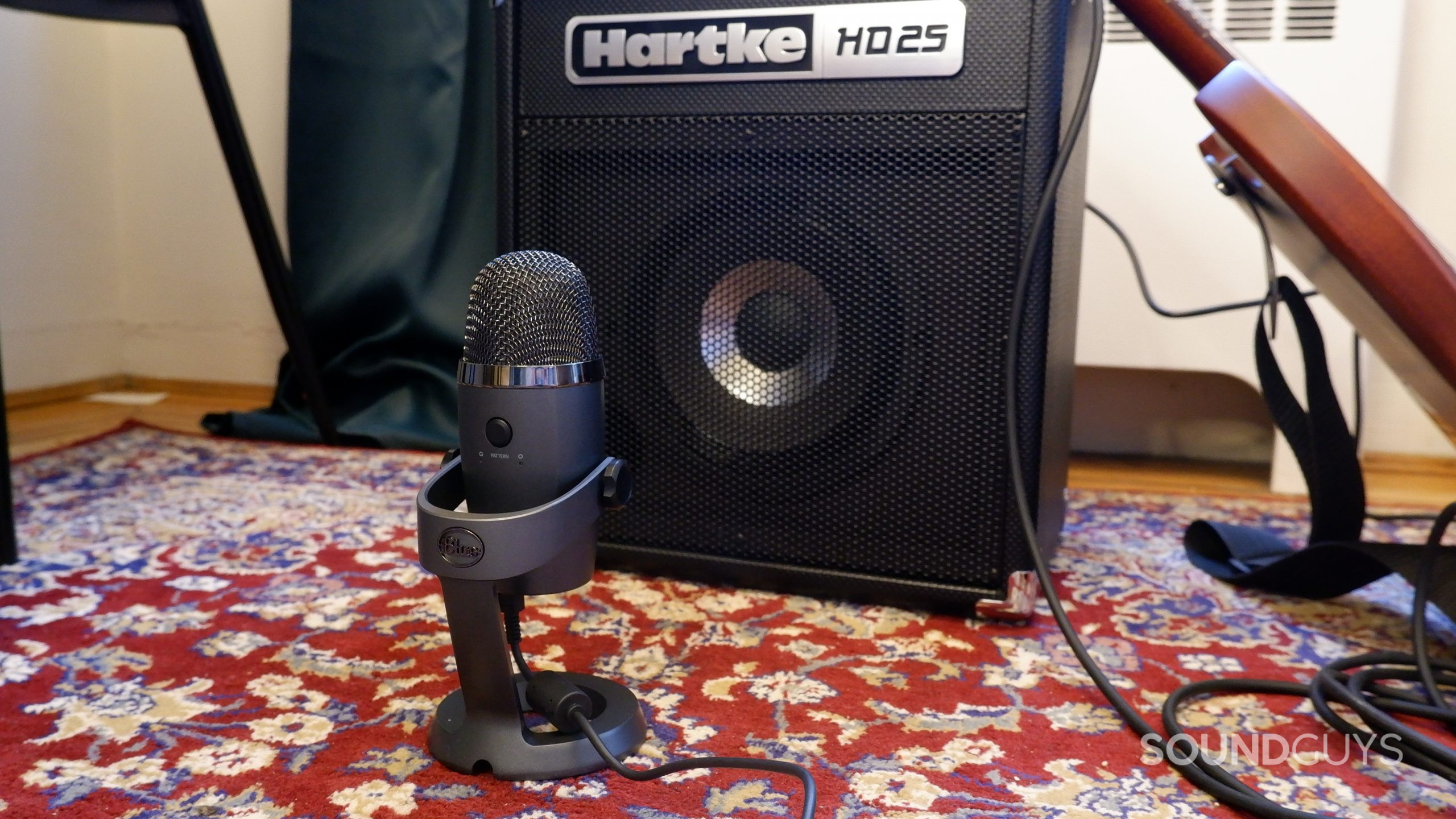
The Blue Yeti Nano sounds great for a sub-$100 USB microphone. The cardioid pattern accurately picks up speech, and it handles plosives pretty well for a mic that isn’t a professional XLR microphone.
Blue Yeti Nano cardioid pattern sample:
The omnidirectional pattern sounds a bit quiet, muted even, since it’s picking up sound from all sides rather than just one voice. This is a great pattern for when multiple people speak simultaneousuly, or if you want your audience to hear what your food sounds like while you’re filming a mukbang. The audio quality is perfectly suitable for a podcast or a livestream where the audience needs to hear you clearly.
Blue Yeti Nano omnidirectional pattern sample:
For recording instruments, I really like the sound the Yeti Nano picks up from an electric guitar through an amplifier. About 15 centimeters (6in) away from the amplifier on a carpeted floor and set to the cardioid pattern, I find the sound it picks up is accurate, mistakes and all. Sitting too close to the microphone risks picking up the sound of your strumming. I recommend always using the cardioid pattern for recording instruments, facing away from the microphone, and as far as you can while still being able to monitor your sound.
Blue Yeti Nano electric guitar sample:
How does this microphone sound to you?
Should you get the Blue Yeti Nano?
The Blue Yeti Nano is a fantastic choice for people who want to upgrade their podcasting or streaming setup from their phone mic or mobile shotgun mic to something better. This USB condenser microphone will increase the quality of your recordings without forcing you to spend a fortune on a good setup. It’s also great for recording songs if you’re making music at home and want to post good quality recordings.

The Yeti Nano’s biggest downside is that the headphone volume knob doesn’t have any indicators for volume, so you just have to find the sweet spot yourself for your monitoring volume. However, that’s really not much of a downside at all, so it’s really worth it.
What should you get instead of the Blue Yeti Nano?
If you want a similar but beefier microphone for pretty much all the same use cases as the Blue Yeti Nano, the Blue Yeti X is a great choice. It has two more polar patterns, bidirectional and stereo, if you want more versatility. It’s $139 USD, so the price tag is a bit higher for the extra features the mic has.
But hey, maybe you really don’t want to go above the $100 USD price point. If money’s tight, we recommend the Movo UM700. This desktop USB microphone directly competes with the standard Blue Yeti and can often be found for around $79 USD. You don’t get any fancy software here but Movo provides four recording patterns and and useful hardware for controlling the mic and headphone monitoring out.
Another option that doesn’t break the $100 budget is the JOBY Wavo POD, a $99 desktop condenser microphone with two recording patterns and no additional hardware, so it’s simple enough to just plug in and start recording. It also comes with a pop filter for no extra cost.
More expensive alternatives to the Yeti Nano
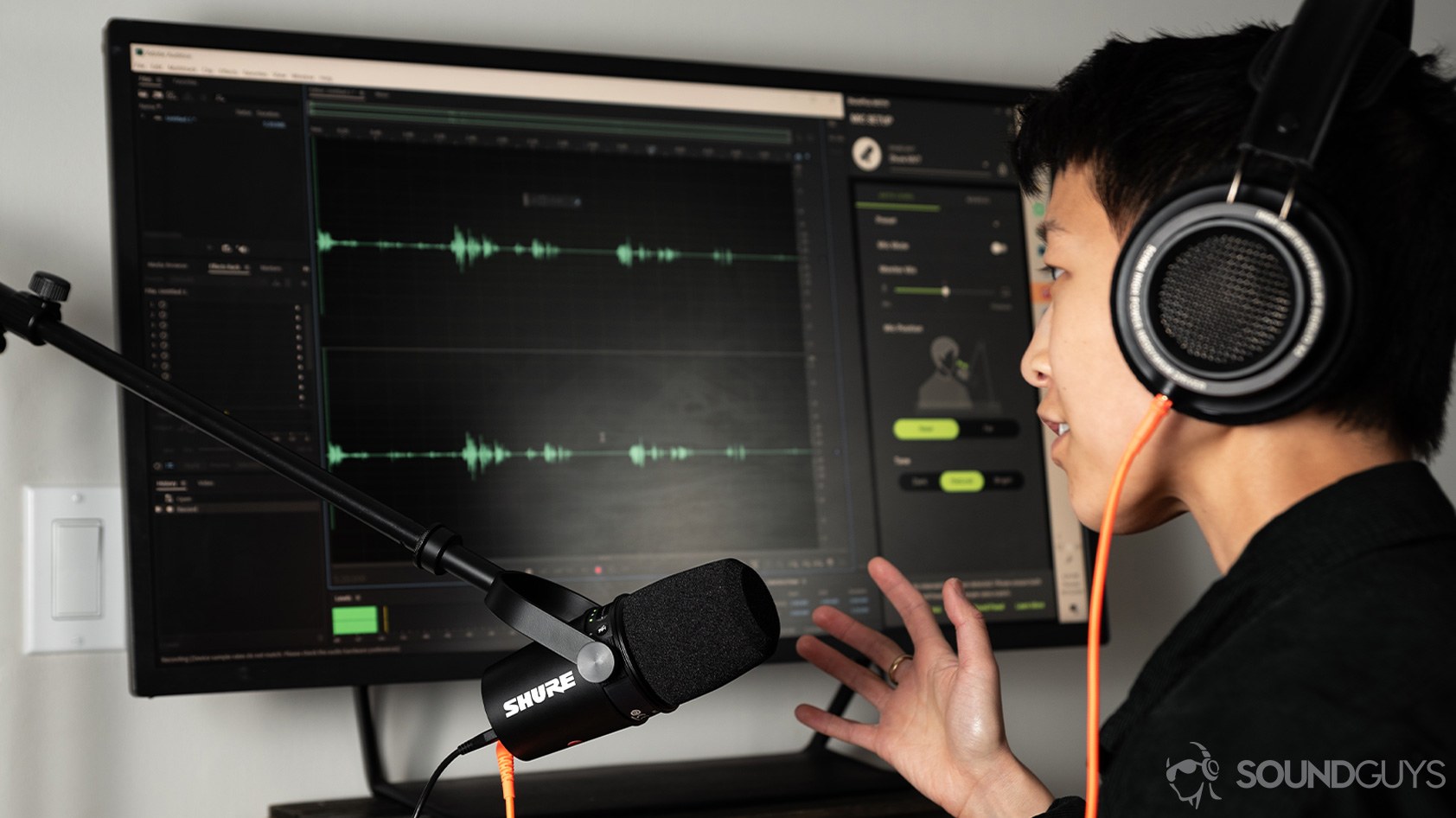
If you want something with much more professional quality, the Shure MV7 is fantastic for recordings of all kinds, and has XLR and USB connections that can be used simultaneously. It’s pricey at $247 USD, but it’s a fantastic mic for everything it does. The Shure MV7X is its more affordable alternative which drops the USB output and onboard touch interface.
Frequently asked questions about the Blue Yeti Nano
No, all you need is a computer with a USB-A input. If your computer doesn’t have a USB-A input, you’ll need to purchase a USB-A to USB-C adapter.
The Neat Bumblee II is another USB condenser mic that costs less than $100 USD. Unlike the Yeti Nano, the Bumblebee II only has a cardioid polar pattern whereas the Yeti Nano records in omnidirectional or cardioid. Both microphones sound very good with the sound quality neck in neck. Build quality is good with either microphone but we feel the Yeti Nano appears a bit more refined while the Bumblebee II actually feels sturdier. Ultimately, both are great portable options, but the Yeti Nano is cheaper than the Bumblebee II and is a bit. more versatile.